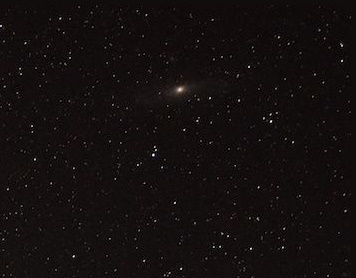
The Andromeda Galaxy, also known as Messier 31 or "the Great Spiral Galaxy" is one of the most distant objects that the unaided human eye can see. Use the constellations around the Andromeda Galaxy to help you pinpoint its location in the sky. You can see the galaxy faintly with your eyes, but binoculars or a telescope will make it clearer. To maximize your view, go out on a dark night in autumn or winter. Locating it for the first time is a little tricky, but once you find it, it's hard to ever lose it again.
Locating the Galaxy
Look for the Andromeda Galaxy in fall or winter.
In the Northern hemisphere, the best time to view the Andromeda Galaxy is between August and September. In the southern hemisphere, you can see it between October and December. During these seasons, Andromeda will appear as soon as the sky darkens.
It is possible to view the Andromeda Galaxy all year long in the northern hemisphere, although it may be more difficult to find in other seasons.
Choose a night without a moon.
The moon can also dim your view of the stars. You will have the clearest view of the Andromeda Galaxy if you go out during the new moon or a crescent moon.
If the moon is full, it may be difficult to find the Andromeda Galaxy.
A new moon occurs once a month. Use an online lunar calendar to find the best night for stargazing this month.
Check the weather for a cloudless evening.
Any clouds in the sky will obstruct your view of the stars. Look at weather reports before you head out to make sure that there will be no cloud cover.
Go away from the lights of the city.
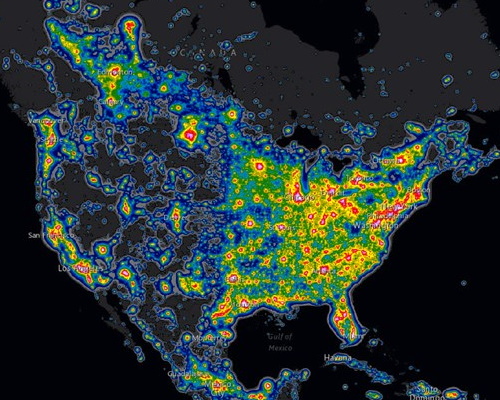
Any light pollution can make it difficult to find the Andromeda Galaxy. It is best to go away from any urban areas, street lights, or lit parks. Take a hike onto a mountain, go out into an isolated field, or find another area without any light pollution.
Adapt your eyes to the dark.
The Andromeda Galaxy is not as bright as other stars around it. When you go out to stargaze, give yourself fifteen minutes to adjust to the darkness. You may realize that you can see more stars than you could at first.
Use a star chart to determine where the galaxy will appear in the sky.
The position of galaxies, stars, and constellations can change with the seasons. Look for a star chart designed for the current month.
You can often find star charts for free online. They are also sometimes sold at planetariums or by astronomical societies.
The star chart may also tell you what the best of time night to see the Andromeda Galaxy is based on the season.

Andromeda constellation and "great square" in Eastern sky November evenings
For example, in September and October, the Andromeda Galaxy will rise in the eastern sky of the northern hemisphere. By midnight, it should be directly above your head.
If you live in the southern hemisphere, you might look towards the northern horizon in December to see it. It may not rise high in the sky.
Download a stargazing app.
There are many apps that can help you find the Andromeda Galaxy and other stars. These will adjust the star charts based on your position, hemisphere, season, and time of night. The best of these is Stellarium a free open source planetarium that runs in your web browser.
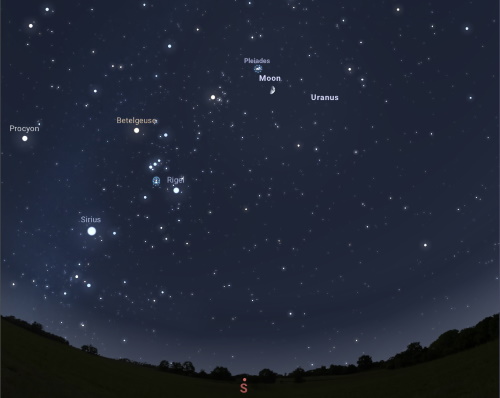
stellarium has a web version, linux version, and windows version
Locate the Cassiopeia constellation.
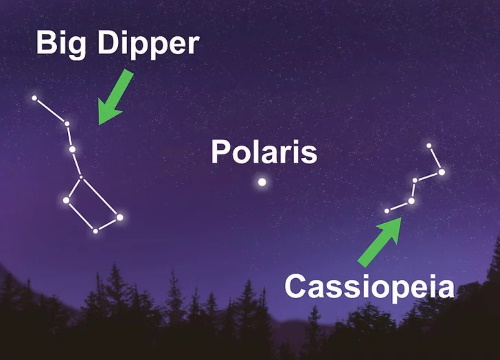
Big Dipper to Casiopia
If you can find the Big Dipper, look for the bright star next to it. This is called Polaris or the North Star. Across Polaris from the Big Dipper will be Cassiopeia. Cassiopeia contains five stars in a "W” shape. The right side of this "W" will point down directly at the Andromeda Galaxy.
Find the Pegasus and Andromeda constellations.

Casiopia to Andromeda and great square
Pegasus looks like a giant rectangle. You should see two lines of stars extending from the upper left-hand corner of this star. This is the Andromeda constellation.
Keep in mind that the Andromeda constellation is separate from the Andromeda Galaxy.
Look between Pegasus and Cassiopeia for a smudge.
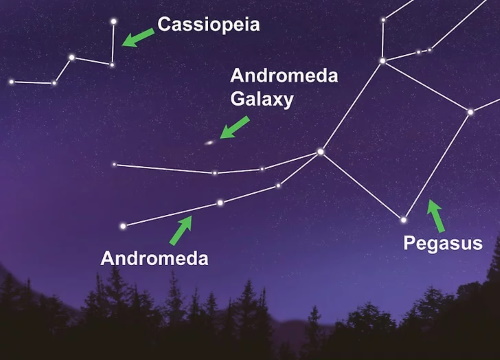
Look for smudge between Pegasus and Cassiopeia
The Andromeda Galaxy lies between the Pegasus constellation and the point of Cassiopeia. It should look like a blur or a hazy oval in the sky.
Draw a line through the Mirach and Mu Andromedae stars.
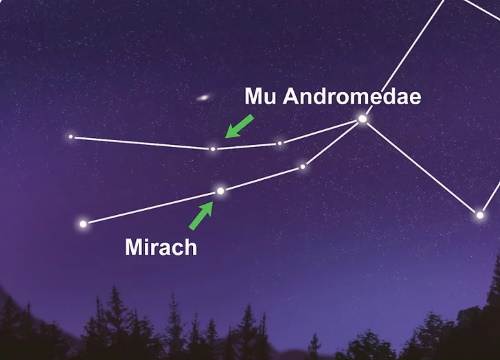
Draw line through the Mirach and Mu Andromedae
Start at the star on the upper left-hand corner of Pegasus. The constellation Andromeda begins here. Follow Andromeda down two stars. You should see two stars stacked on top of one another called Mirach and Mu Andromedae. If you draw a line through the two stars and extend it past Mu Andromedae, you should run into the Andromeda Galaxy.
Mu Andromedae is dimmer than Mirach. It is also the star closest to the Andromeda Galaxy.
Choosing Your Tools
Start by locating the galaxy with your naked eye.
You can see the Andromeda Galaxy without any special tools. It will look like a faint, fuzzy oval in the night sky. Once you have found the area of the sky where the galaxy is located, it may be easier to find it with binoculars or a telescope.
Use binoculars for a closer look.
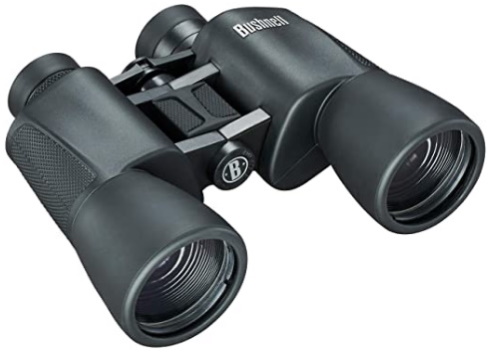
Bushnell 131056 65° apparent angle of view 10x50
Binoculars will give you a closer look at the galaxy. Once you find the galaxy with your eye, bring the binoculars up slowly, and adjust your view until you can find the galaxy. It should look like an oval cloud when viewed through binoculars.
You can use normal binoculars for this. The best binoculars to use have 7x50, 8x40, or 10x50 lenses.
Use a telescope for a more detailed examination.
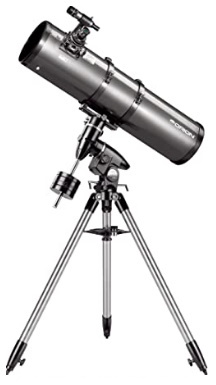
Orion 8-Inch Equatorial Reflector Telescope
A typical 8 inch (20 cm) reflector telescope will let you see nucleus (or center) of the galaxy as well as its two companion galaxies. The galaxy is so large that you may not be able to see the whole thing at once using your telescope.
If you are using a telescope, keep it at the lowest magnification settings. While the Andromeda Galaxy appears quite small to the naked eye, it will appear very large when using a telescope.
Look for the companion galaxies.

m31 companion galaxies
If you are using a telescope, you may find two faint fuzzy spots beside the galaxy. One of them, M32, is smaller in size and closer to the actual galaxy core. The other, NGC 205, is larger in size, and farther from the actual galaxy. Both are companion galaxies to Andromeda.
Article source: wikiHow wikiHow is a group effort to create a great resource: the world's largest free how to manual. wikiHow articles help people solve their everyday problems. wikiHow licenses all content under a Creative Commons License. The license allows wikiHow content to be used freely for noncommercial purposes. The Creative Commons License also allows for the creation of derivative works.

